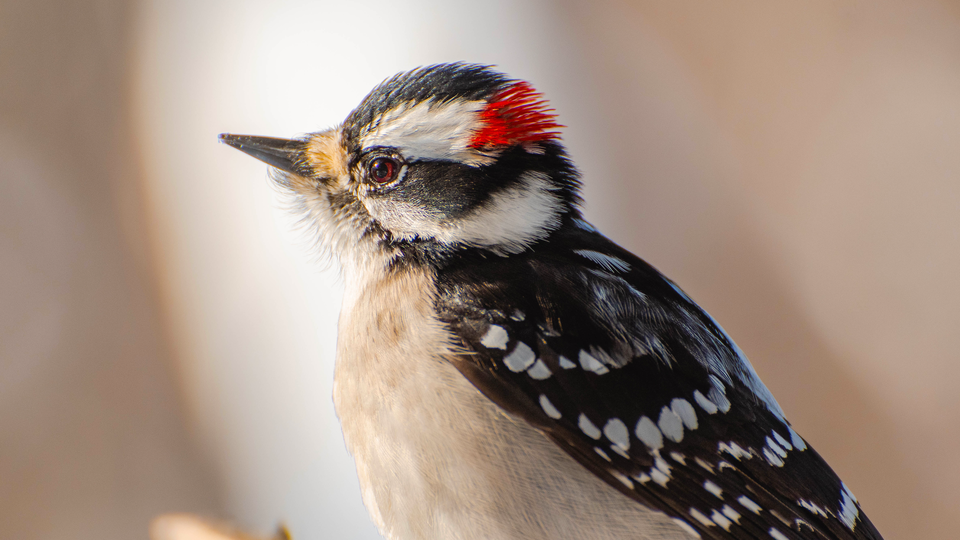
What kind of woodpecker did you see?
For many of us in North America, the sight of a black and white bird flying from tree trunk to tree trunk is common. The sound of tapping on wood is a sign it might be a woodpecker. But how can we tell which woodpecker we’re seeing?
Two species of woodpeckers can often be seen in the same park. They have different vocalizations, but sometimes those are hard to remember. The hairy woodpecker is about a third larger than a downy woodpecker. But if they aren’t next to each other for size comparison, how can you tell them apart? The photo below shows the hairy woodpecker on the left, and the downy woodpecker on the right.
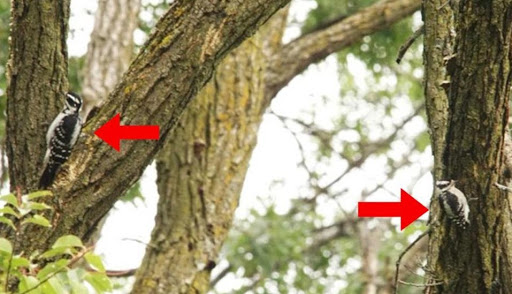
What else can we use to determine which species we are seeing?
First, the presence or absence of red feathers at the back of the head means male or female, not which species it is. Both species have red feathers for males and no red feathers (or black/white) for females. The photo below shows two hairy woodpeckers; the female is the photo on top, and the male is the photo on the bottom.
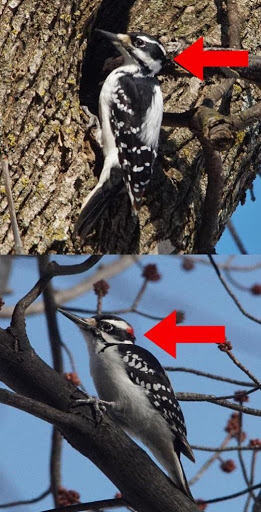
Now, let’s look at bill and head size, and their proportions. That might help us a lot! For a downy woodpecker, the bill is shorter than the length of the head.
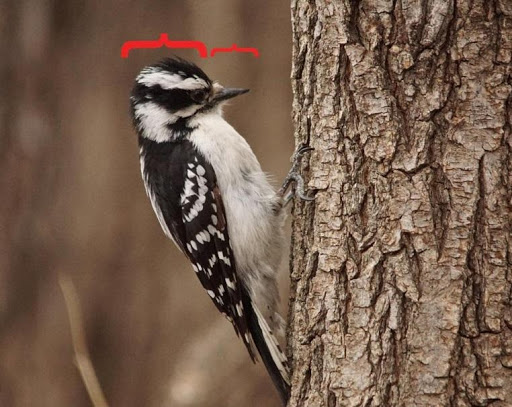
For a hairy woodpecker, the bill is about as long as the length of the head.
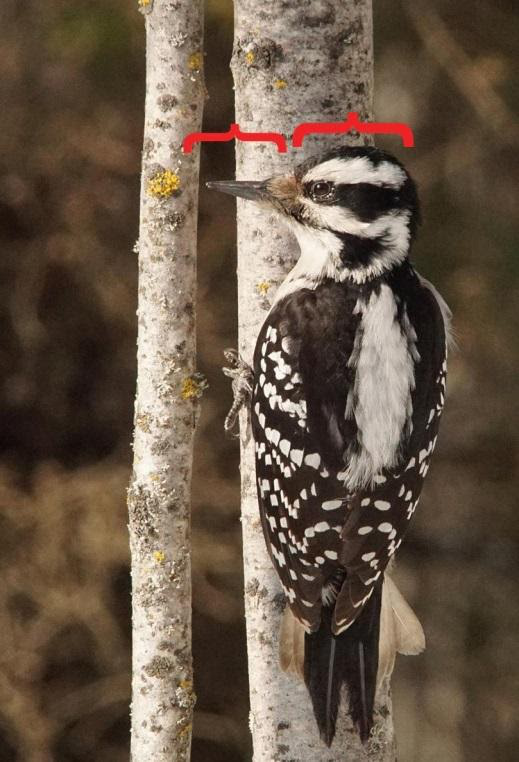
Now, let’s look at something else. If you see the back of a bird, you can look at the white outer tail feathers. They have black bars for a downy woodpecker (first photo), and no bars for a hairy woodpecker (second photo).


For more resources for birding beginners, check out Audubon’s great site here: Birding resources for beginners